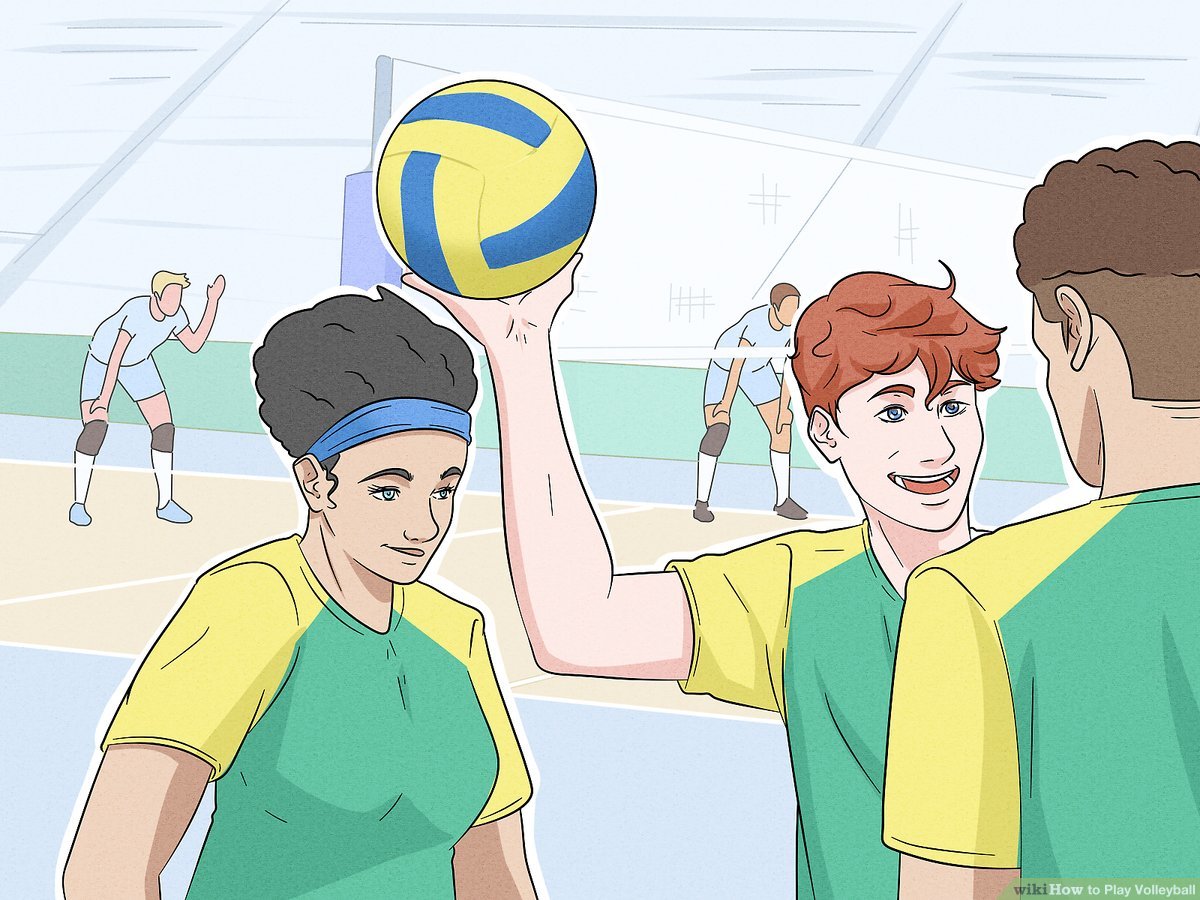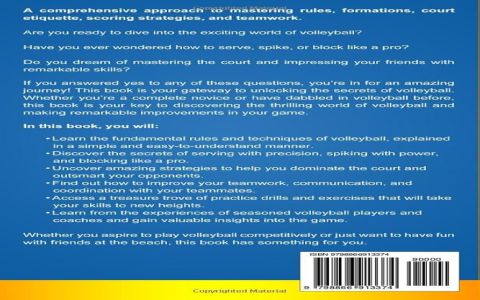Okay, so, today I wanna share my experience with “Teaching Games for Understanding,” or as the cool kids call it, TGfU, specifically for volleyball. I’ve been trying this method out, and let me tell you, it’s been quite a ride.

I started by getting a feel for what TGfU is all about. It’s not your typical “drill, drill, drill” approach. Instead, it’s more about getting people to actually understand the game. Sounds simple enough, right?
First off, I gathered my group. These were mostly beginners, folks who maybe played a bit of volleyball in high school but nothing serious. I explained that we’d be focusing on understanding the game, not just hitting the ball over the net.
We jumped right into playing mini-games. These weren’t your standard 6-on-6 volleyball matches. I modified the rules, the court size, even the number of players, all to focus on certain aspects of the game. Like, one game was all about getting the ball over the net in three hits or less. Sounds basic, but it really got them thinking about teamwork and strategy, not just smashing the ball.
Then we moved on to another game that emphasized positioning. I set up the court to mimic different game scenarios, and they had to figure out where to stand and how to move. It was messy at first. Lots of bumping into each other, some confusion, but they were learning. They were figuring out the “why” behind the movements, not just the “how.”
We did another game focusing on serving. I changed the scoring system to reward strategic serves over powerful ones. Suddenly, they weren’t just trying to whack the ball as hard as they could. They were thinking, “Where should I place this serve to make it tough for the other team?”
- One of the biggest things I noticed was the engagement level. Because they were constantly playing these mini-games, they were always involved. No one was just standing around waiting for their turn to practice a specific skill.
- I made sure to ask a lot of questions. “Why did you choose to hit the ball there?” “What could you have done differently?” It wasn’t about right or wrong answers. It was about getting them to think critically about their decisions.
- The progress was visible. They started to anticipate where the ball would go, they were communicating better, and they were actually having fun. It wasn’t just about winning; it was about understanding how to play the game effectively.
We wrapped up the session by playing a more traditional game, but even then, I kept the focus on understanding. I’d pause the game occasionally to discuss tactics or to highlight good decision-making. It was like seeing all the pieces come together.

So, yeah, that’s my experience with TGfU for volleyball so far. It’s been super rewarding to see these beginners not just learn the skills, but really get the game. I’m definitely going to keep using this approach. It’s not just about creating good volleyball players; it’s about creating smart ones.





















